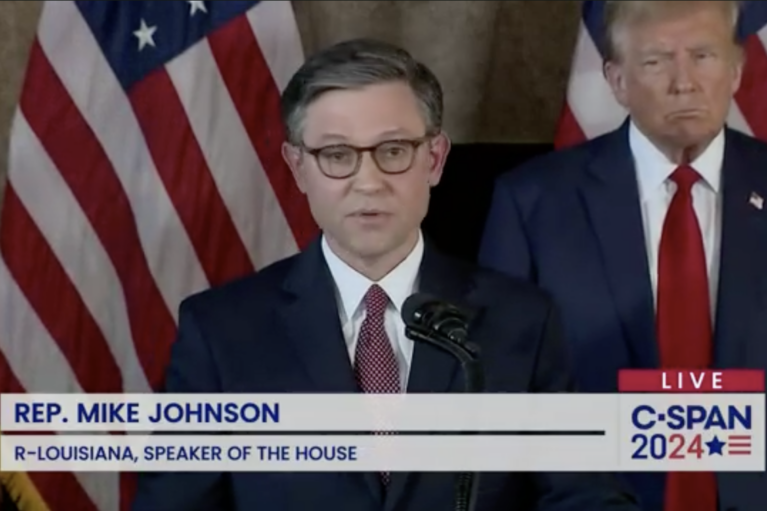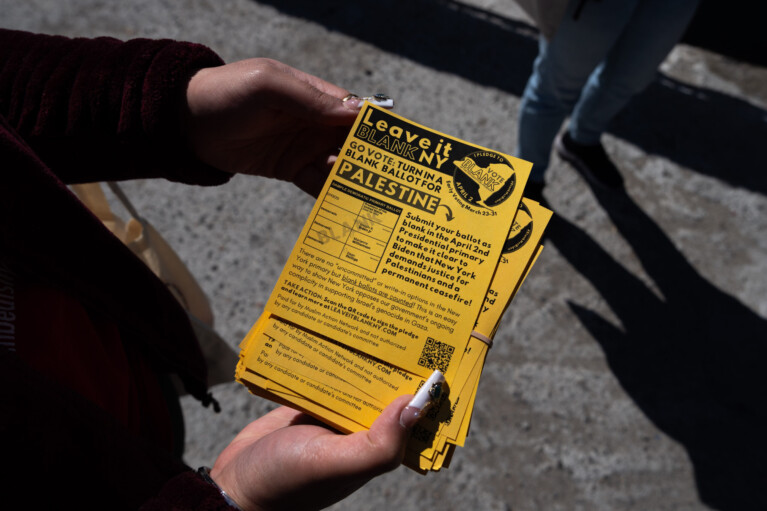How State Political Parties Helped Big Money Pay for the 2020 Election
State political parties played an unprecedented role in financing the presidential election this year, making it possible for the national political parties to raise eye-popping sums from individual donors — and keep more money than they might otherwise be allowed.
That’s all thanks to a 2014 Supreme Court decision that eliminated the overall limit on how much money an individual can donate over a two-year period to national political parties, federal candidates and state parties’ federal accounts combined. The limit had been in place since the Watergate era.
There’s nothing illegal about what happened, but a States Newsroom analysis of federal data shows how nearly every state Republican and Democratic party helped pump more big money into this year’s elections. The system also benefited swing states such as Florida, North Carolina and Georgia more than states where races weren’t as close, such as Maryland.
During the 2016 presidential election, Republicans and Democrats tested this new world of campaign finance created by the Supreme Court decision in McCutcheon v. Federal Election Commission.
But in 2020, they appear to have perfected the scheme, which critics have called essentially a Supreme Court-sanctioned money laundering operation.
Michael Beckel, research director at the nonpartisan election finance group Issue One, said the flow of money following the Supreme Court decision has been a troubling trend that begs for tighter enforcement.
He said lawyers arguing to erase the hard money limit in 2012 told the Supreme Court that doing so would empower state parties. But what really happened is national parties have centralized control over where that money goes.
“These systems were not designed to be a way to launder money through the state parties back to the national committee,” Beckel said. “I think a lot of questions can be raised about situations where the money appears to be going straight through the national party to the state parties, then back to the national party.”
How it works
Here’s how the money flows: The Republican National Committee and President Trump’s campaign created one big joint fundraising committee that included as partners almost every state-level GOP party. They called it Trump Victory.
State Republican parties in all but five states — Connecticut, Delaware, Massachusetts, Utah, and South Carolina — participated in the joint fundraising committee with Trump and the RNC.
That means 46 local Republican organizations, including the Washington, D.C., Republican Party, were in on the arrangement this year. That’s up from 22 state parties that participated in Trump’s joint fundraising committee during the 2016 presidential election.
And it wasn’t just Republicans.
Democrats did the same thing with the Biden Victory Fund. Only Democratic parties in California, Iowa, Illinois and South Dakota did not participate in that joint fundraising arrangement, bringing the number of state parties involved to 47 (including D.C.).
That’s up from the 33 state parties that were part of a similar vehicle created with Hillary Clinton’s presidential campaign in the 2016 election cycle.
Because all these committees banded together, that joint committee was able to take in the maximum amount an individual can donate, not just to a presidential campaign or a national political party, but also to each individual state party.
The legal limit an individual donor could give in aggregate before the law changed was $117,000. But in 2020, that cap on aggregate giving was gone, and dozens of megadonors wrote monstrous checks well over half a million dollars each to both of these joint committees, not to mention their donations to other federal candidates.
For instance, Nevada casino magnate Sheldon Adelson and his wife, Miriam, each gave $580,600 to Trump Victory in February, along with a host of other big-name Republicans.
Biden Victory Fund, meanwhile, took in $620,600 each from tech entrepreneur Jeff Lawson and his wife, Erica, along with a group of other influential left-leaning donors.
‘It’s just a laundromat’
But what happened with the money next is the real issue, according to campaign finance watchdogs.
Although there are limits to how much an individual can donate to a national party and to a state party, there are no limits to how much state parties can transfer to their partner national parties.
So in the case of Trump Victory, for instance, the joint committee distributed millions of dollars to state Republican parties. Those state parties, in turn, flipped the money on to the RNC, often on the very same day.
That means the RNC and the Trump presidential campaign basically used the state parties to launder the money in order to take in more than individual donation limits would normally allow, according to Brett Kappel, an election finance expert at the law firm Harmon Curran.
“The Supreme Court said it’s legal so, you know, they don’t even try to hide it,” Kappel said. “It’s just a laundromat. The money goes in and goes out the same day.”
That’s not an exaggeration.
The Republican Party of Florida, for instance, took $920,090.63 from Trump Victory on Sept. 4.
That very same day, the Florida party transferred that exact amount to the RNC.
It happened again in October. Trump Victory sent $1,351,910.61 to the Florida Republicans on Oct. 7.
Two days later, the state GOP transferred the same amount to the RNC.
The Arizona Republican Party took $643,902.30 from Trump Victory on Sept. 4. Colorado Republicans received $534,673.69. For Georgia, it was 649,631.92. Michigan’s GOP got 701,697.18. Minnesota’s Republicans took 651,468.65.
All sums were transferred directly on to the RNC.
That’s not to say state parties did not benefit at all. Some were given millions of dollars by national parties. But they did not benefit equally.
Florida, North Carolina, Georgia and other political swing states or states that had big-ticket Senate races took in way more — with Florida Republicans pocketing $19.2 million from the RNC, for instance.
Smaller and less politically relevant states, on the other hand? Not so much. The Maryland Republican Party, for instance, took in just $122,500 from the RNC.
It was unclear from Federal Election Commission records whether Democrats moved money from the Biden Victory Fund in the same way.
A spokesman for the RNC declined to comment and a spokesman for the Democratic National Committee did not respond to a request for comment.



 Creative Commons Attribution
Creative Commons Attribution